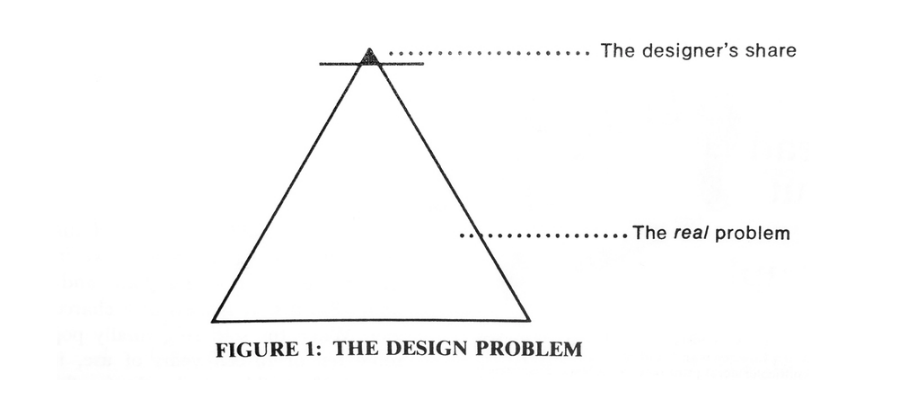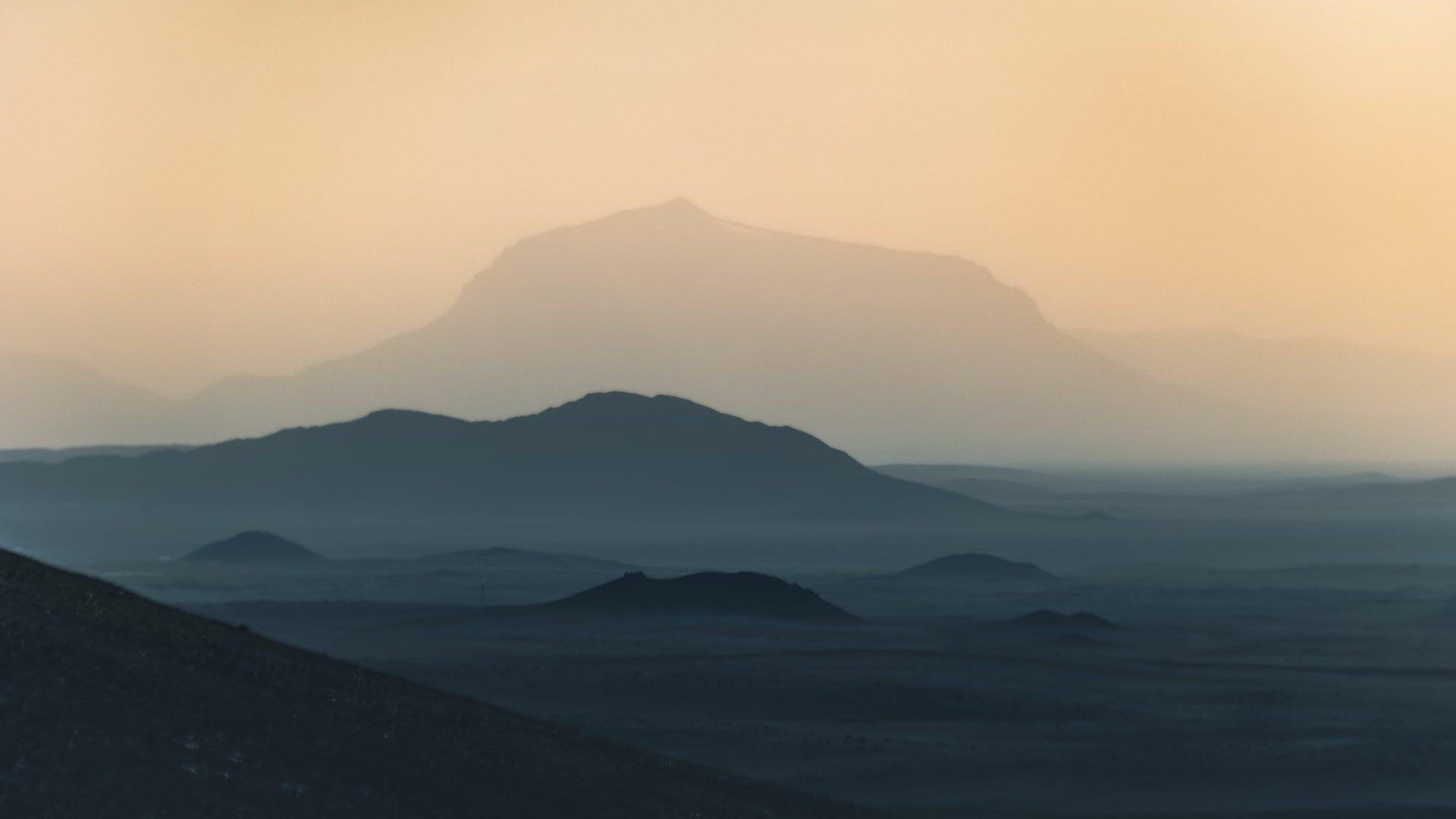Gall's Law is a rule of thumb for systems design from Gall's book Systemantics: How Systems Really Work and How They Fail. It states: .mw-parser-output .templatequote{overflow:hidden;margin:1em 0;padding:0 40px}.mw-parser-output .templatequote .templatequotecite{line-height:1.5em;text-align:left;padding-left:1.6em;margin-top:0}A complex system that works is invariably found to have evolved from a simple system that worked. A complex system designed from scratch never works and cannot be patched up to make it work. You have to start over with a working simple system.
This feels like an underlying and underpinning principle of how the IndieWeb which focuses on working real world examples which are able to build up more complex systems instead of theoretical architecture astronomy which goes no where.
Reference: John Gall (1975) Systemantics: How Systems Really Work and How They Fail p. 71




